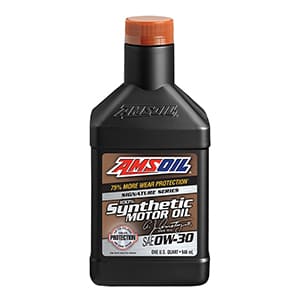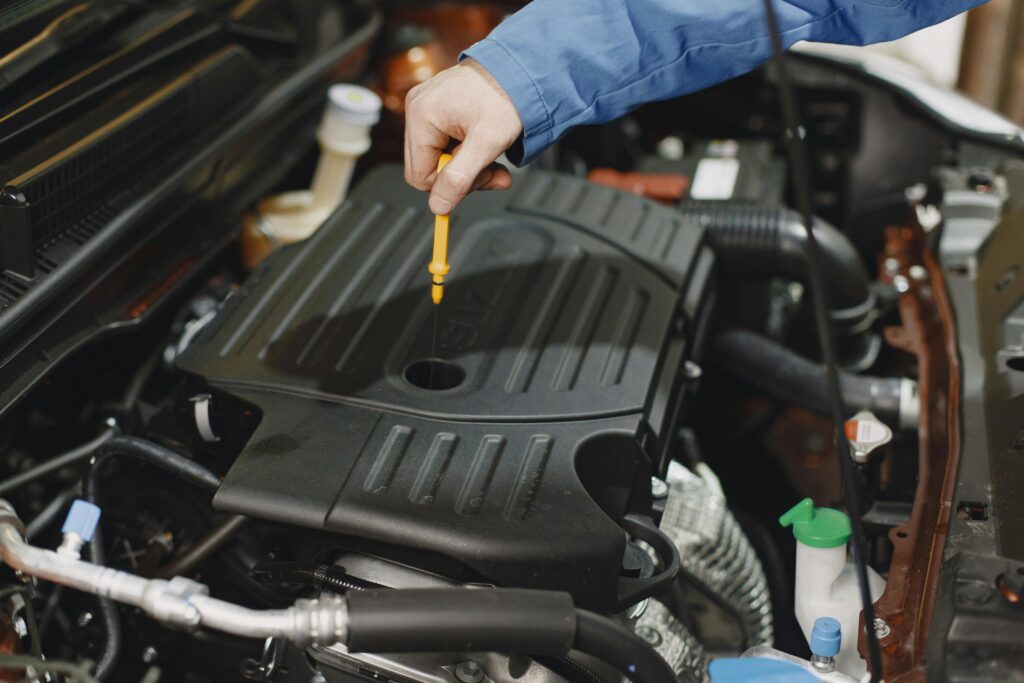Have you been thinking about switching from regular to synthetic oil in your vehicle? It’s a lot simpler than most people think. There’s a lot of buzz around synthetic oil, and for a good reason—today’s engines are increasingly factory-filled with these advanced lubricants. Despite the myths, moving from conventional to synthetic oil is straightforward and comes with a host of perks for your car’s engine.

Understanding the Transition to Synthetic Oil
The shift from regular oil to synthetic oil is surrounded by outdated misconceptions. One of the main reasons motorists are making the switch is the significant benefits synthetic oil offers. More and more modern vehicles roll off the production line already filled with synthetic oil, setting new standards in automotive care.
Debunking Common Myths
Did you hear the one about synthetic oil causing your engine seals to leak? Or that it might lead to slippage in the roller followers? These myths are exactly that—myths! Extensive testing and expert analyses have repeatedly shown that these concerns are unfounded. You can switch to synthetic without worrying about these old wives’ tales.

Benefits of Synthetic Oil
Why choose synthetic? For starters, synthetic oil provides superb lubrication, enhances engine performance, and allows for longer intervals between oil changes. It’s engineered to perform in extreme conditions, offering consistent viscosity and reducing engine wear. For example, consider the AMSOIL Signature Series 0W-30 100% Synthetic Motor Oil. It offers 75% more engine protection, helping prevent horsepower loss and wear, and it’s superior in cleaning capabilities, especially for turbochargers. It also has a remarkable acid-neutralizing ability, ensuring your engine runs smoother for longer.
Making the Switch to Synthetic Oil
Switching to synthetic oil is easier than you might think, and you don’t need any special preparations for your engine beforehand. Whether you opt for a professional service or decide to do it yourself, the process is straightforward.

Oil Change Options
You can head to your local mechanic or a quick lube, or you can roll up your sleeves and change the oil yourself. Don’t worry—synthetic oil is designed to be compatible with older seals and doesn’t cause them to leak.
Engine Flush Consideration
While it’s not a requirement, performing an engine flush can be a good idea, especially if your vehicle has an unclear maintenance history. An engine flush will clear out sludge and debris, giving your new synthetic oil a clean slate to work from. Products like AMSOIL Engine and Transmission Flush can dramatically improve your engine’s efficiency and reduce emissions without harming seals and gaskets.
Optimizing the Transition Process

If you’re transitioning an older engine or one that might not have been meticulously maintained, consider an engine flush. It’s an instant way to clean out the gunk before you fill up with synthetic, ensuring the oil can do its job effectively without picking up residue along the way.
AMSOIL Vehicle Lookup Guide
When it’s time to pick the right synthetic oil, don’t guess. Use tools like the AMSOIL Vehicle Lookup Guide to ensure you’re getting the best possible match for your vehicle. It’s all about making sure your engine performs its best.
To wrap it up, switching from regular to synthetic oil is straightforward and beneficial. It’s a powerhouse move for enhancing your vehicle’s performance and longevity. Don’t hesitate to make the switch and start enjoying the benefits of synthetic oil!

